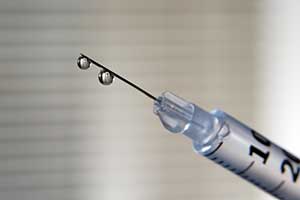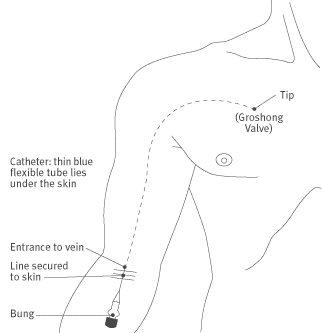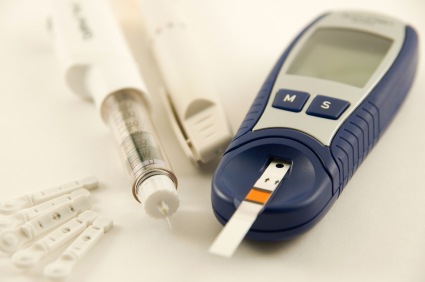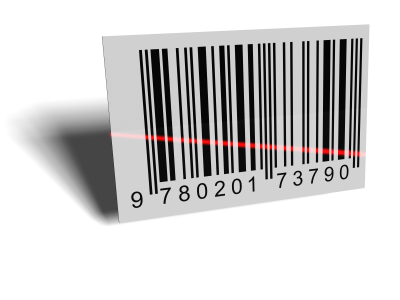Search
Nursing Home Employees Plead ‘Not Guilty’ To Charges Related To The Intentional Chemical-Sedation Of 22 Elderly Residents
 Three employees of the Kern Valley Healthcare District’s skilled nursing facility have plead not guilty to multiple felony counts of elder abuse causing harm or death. The instances of nursing home abuse allegedly occurred between August 2006 and January 2007 when the employees intentionally over-medicated residents with anti-psychotic drugs at Kern Valley to keep them quiet and make them easier to handle.
Three employees of the Kern Valley Healthcare District’s skilled nursing facility have plead not guilty to multiple felony counts of elder abuse causing harm or death. The instances of nursing home abuse allegedly occurred between August 2006 and January 2007 when the employees intentionally over-medicated residents with anti-psychotic drugs at Kern Valley to keep them quiet and make them easier to handle.
The situation was brought to authorities attention by an unnamed healthcare ombudsman who witnessed a resident of Kern Valley being forcibly held down by nursing home staff and injected with drugs. In total, 22 residents of the California nursing home were believed to be intentionally drugged by the threesome. Additionally, the deaths of three residents are also believed to be related to the improper drugging.
Among the three nursing home employees charged:
 Nursing Home Law News
Nursing Home Law News







